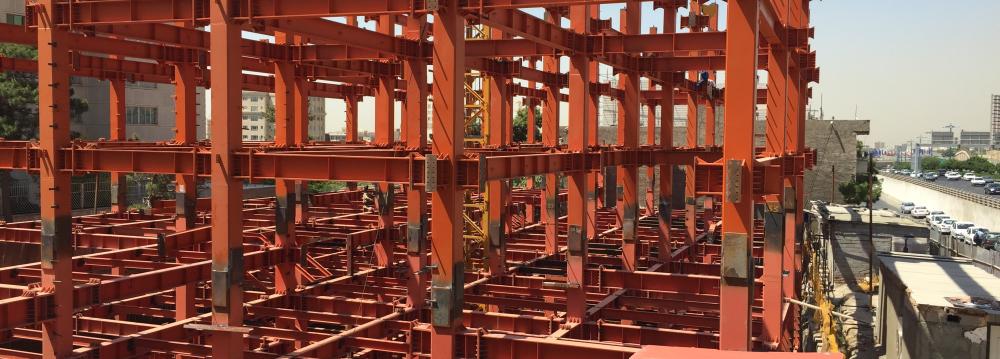More than $850 million (30 trillion rials at market exchange rate) are to be injected into the domestic housing market in the near future, as part of a new mortgage loan scheme to stimulate demand in the recession-hit sector, deputy minister of toads and urban development, Hamed Mazaheri, said.
A revival of the housing sector is expected to be a boon to upstream industries such as steel and cement sectors, which have also been grappling with a slowdown in demand over the past few years.
Experts unanimously agree that the stimulus is positive and timely in spite of being a short-term remedy, SMT daily reported.
Pointing to Bank Maskan’s new 800-million-rial ($26,000) mortgage loan scheme, Mazaheri said over 47,000 applicants have already signed up so far, bringing their total savings to $285 million and providing the housing sector with an aggregate facilities worth $850 million.
Impact on Steel Sector
According to Mehdi Sarlak, a steel market analyst, the scheme is unable to revive domestic demand for steel as the sentiment in the industrial material’s market is closely tied to state construction projects.
“The loan will enable a number of people to buy houses, but unless the recession is completely resolved, no new construction project will be launched. Hence, demand for steel will not pick up,” Sarlak said.
Iranian steel mills produced 16.1 million tons of steel in 2015, according to World Steel Association. Nearly half of the figure belongs to long steel products used in the construction sector.
According Iran Steel Producers Association, over 3 million tons of steel products were imported during the nine months of the previous Iranian year (March-December 2015), indicating an 86% rise compared to the corresponding period of 2014.
Domestic demand for structural steel is considerably lower than the domestic output of 8 million tons. This is increasingly pushing producers to shy away from the domestic market and look for better fortunes beyond borders.
Last Iranian year (March 2015-16), domestic steelmakers set a new record by exporting more than 4.1 million tons of steel products worth $7 billion, which indicated an over 4% rise compared to a year before.
Impact on Cement Sector
Echoing similar remarks, the managing director of Fars and Khuzestan Cement Holding Company described the new loans as a “short-term sedative” for the troubled cement industry.
The alternative, according to Morteza Lotfi, is providing house builders with low-interest loans, which will effectively stimulate demand for construction materials.
He noted that cement production and exports have been declining steadily.
Iranian manufacturers produced 49.6 million tons of cement and 52.7 million tons of clinker–the main raw material used for cement production–during the 10 months of the previous Iranian year. These showed an 11.8% and 13.9% decline respectively compared with the corresponding period of a year ago.
Cement and clinker exports also took a hit and stood at 8.8 million and 4.2 million tons during the same period, recording an 18.4% and 17.4% decline respectively, according to Iranian Cement Employers Association.
Cement producers experienced a seven-year long boom because of the ill-famed Mehr Housing Scheme–a large-scale construction program initiated in 2007 by the previous administration to provide two million low-income people with housing units through free land and cheap credit.
The plan, however, slowed down due to lack of funding and dragged down domestic demand for construction materials with it.
In a natural reaction, cement manufacturers turned to exports to make use of the considerable production capacities accumulated during the boom years.
Regional demand for Iranian cement has been depressed as oil prices collapsed, causing budget and infrastructure cutbacks in some of Iran’s main cement trade partners, including Iraq, the UAE, Azerbaijan and Saudi Arabia.
The domestic cement industry was particularly hurt as Iraq, which once accounted for most of Iranian cement sales overseas, banned imports in April to support local producers.
Iran was the world’s seventh largest cement producer in 2015.


